Introduction of MEMS Optical Switches
Quick look at MEMS Optical Switch
Optical switch is one of the core devices for realizing functions such as optical cross connection, optical add/drop multiplexing, network monitoring and optical line protection. It converts optical signals from one optical channel to another within a certain range, with one or multiple selectable transmission windows.
Features of MEMS Optical Switch
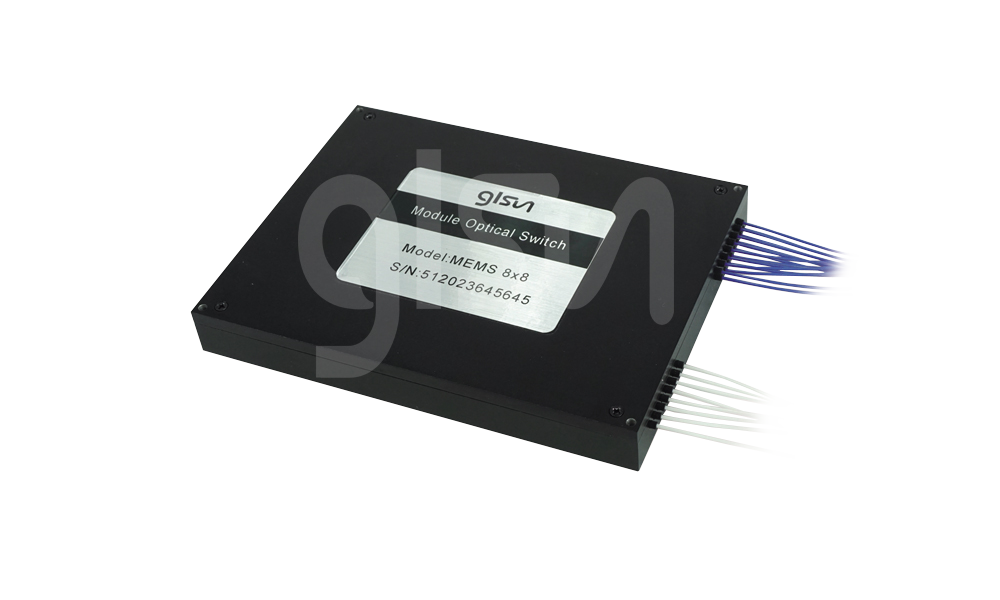
Based on its switching technology, there are diverse types of optical switches, including mechanical optical switch, thermal-optic switch, acousto-optic switch, magneto optical switch, liquid crystal optical switch, MEMS optical switch, etc. Traditional switches with electricity as the core technology gradually lag behind the demand for high speed and large capacity optical communication, which gave rise to all-optical switches in the market. Among them, MEMS optical switches are widely used featuring compact size, low power consumption and good expansibility.
Working Principles of MEMS Optical Switches
MEMS (Micro-Electro-Mechanical System) is a micro device or system integrating micro-machinery, micro-actuator, signal processing and control circuits, etc. Micro-mechanical structures are prepared by photo-lithography, ion beam etching, chemical etching, wafer bonding, etc., while electrodes are prepared on the mechanical structure for electronic control.
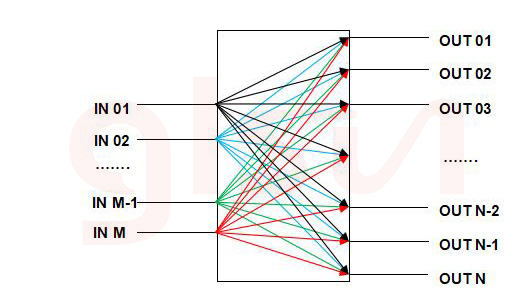
MEMS is a micro-motor system that needs to be driven electronically after the preparation of a micro-mechanical structure. Typical driving mechanisms include electrostatic attraction, electromagnetic force, electrostriction and thermocouple. Among all the driving mechanisms of MEMS devices, electrostatic gravitation structure is widely used due to its simplicity of preparation, easy control and low power consumption.
A MEMS optical switch is to engrave a number of tiny lenses on silicon crystal, and rotate the micro mirror array through the action of electrostatic force or electromagnetic force, so as to change the propagation direction of the input light to realize the function of optical path on and off.
Generally speaking, MEMS optical switches can be divided into two types based on the spatial structure, namely 2D switch and 3D switch.
Structure of MEMS Optical Switches
Optical switch is a multi-port optical device, with common port configuration such as 2×2, 1×N, N×N. Among them, the N×N optical switches are also called OXC (Optical Cross Connection) switches. 1×N MEMS optical switch includes a MEMS micro mirror, a collimating lens, and a multi-fiber pigtail. The MEMS micro mirror is usually mounted on a TO holder, and then the collimating lens and the TO base are assembled into a sub-assembly by means of the TO cap. Finally, the multi-fiber pigtails are aligned and fixed to the above sub-assembly under active commissioning.
2D MEMS Optical Switch
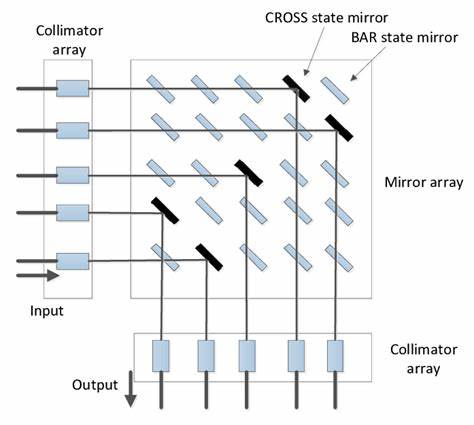
2D MEMS optical switch's spatial rotating mirror is monolithic on a silicon substrate using surface micro-mechanical manufacturing technology, and the collimation light is connected to the specified output terminal through the rotation control of the micro-mirror. When the micro mirror is horizontal, the light beam can pass over the micro mirror. When the micro mirror rotates perpendicular to the silicon substrate, it will reflect the light beam that has been incident on its surface, so that the light beam can be output from the corresponding output port of the micro mirror.
3D MEMS Optical Switch
In 3D MEMS optical switches, the micro mirror can rotate at any angle along two axes, so it can change the output of the light patch from different angles. These arrays usually come in pairs, with input light arriving on the mirror of the first array being reflected on the mirror of the second array, and then reflected on the output port.
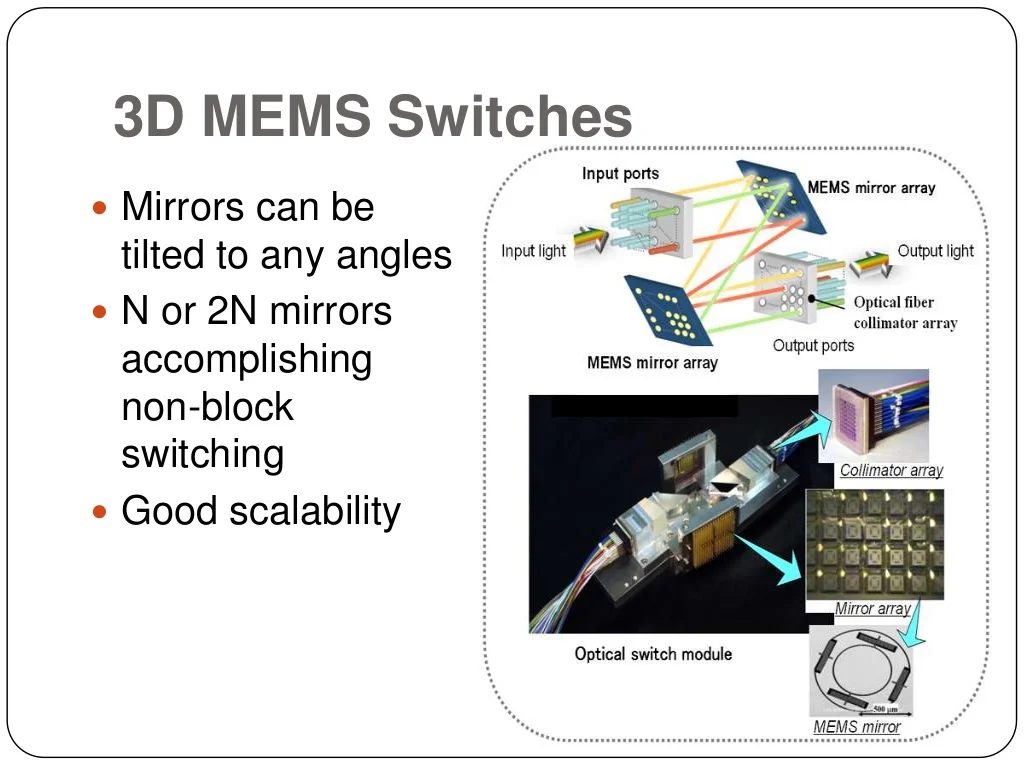
MEMS Optical Switches VS. Mechanical Optical Switches
Mechanical optical switches work by physically moving optical fibers with mechanical devices to redirect optical signals. By moving the prism or directional coupler, the input light is directed to the required output port. There are mainly three types of mechanical optical switches: the first one is to switch the optical path using prism technology, the second one is to switch the optical path using mirror switching technology, and the third is to switch the optical path by moving the optical fiber.
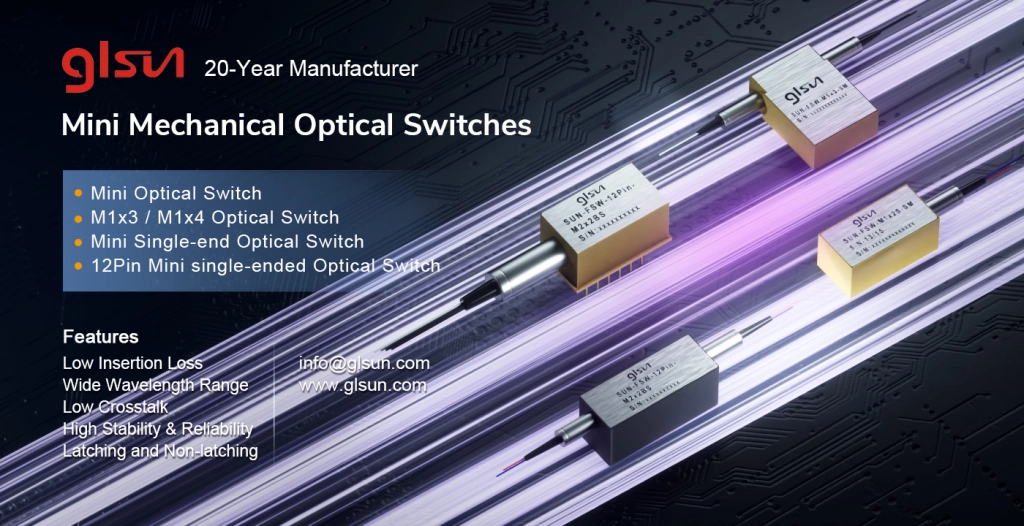
MEMS optical switch is based on micro-electro-mechanical system, adopting optical micro mirror or optical micro-mirror arrays to change the propagation direction of light beam to accomplish optical path switching. The working principle of MEMS optical switch is very simple. When the optical switching is carried out, the angle of MEMS micro mirror is moved or changed by electrostatic force or magnetic force, and the input light is switched to different output terminals of the optical switch to realize the switching and on-off of the optical path.
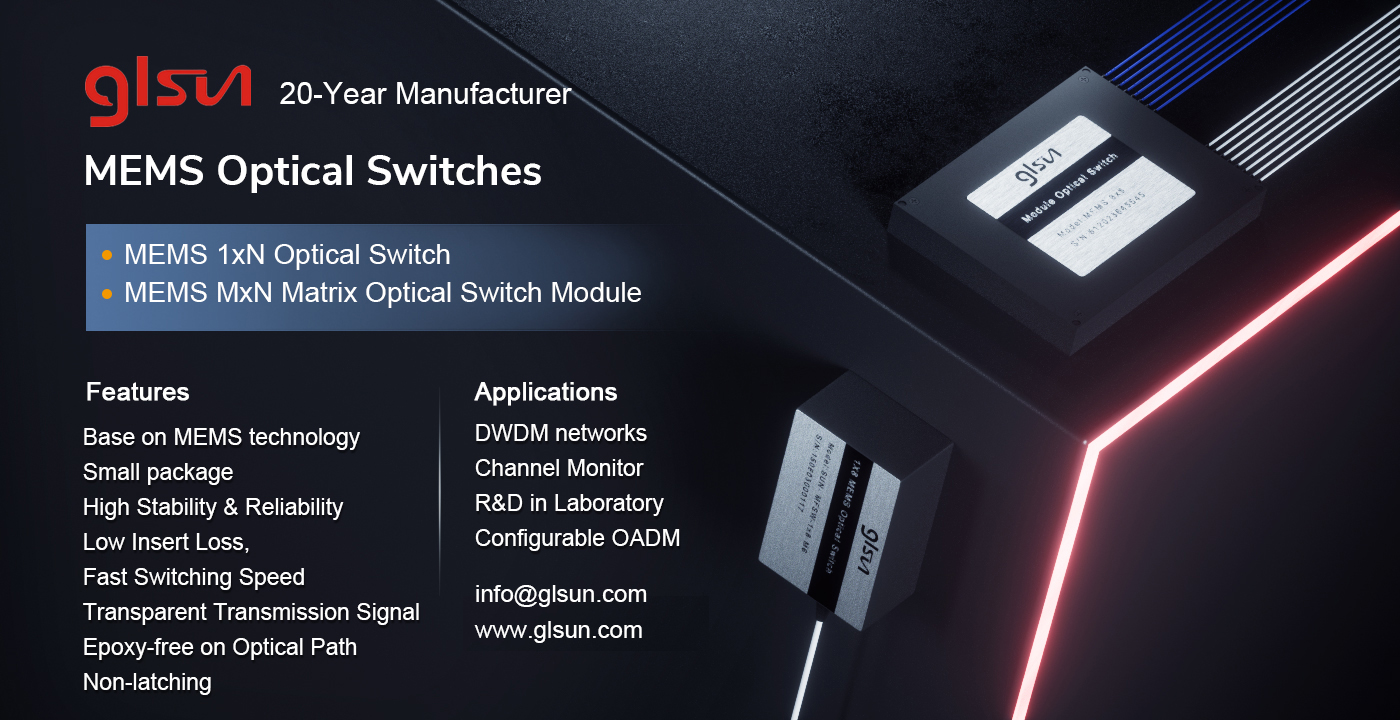


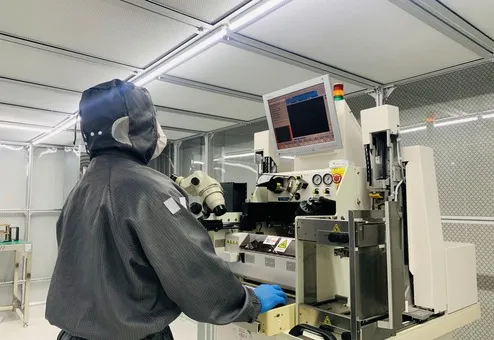


 Guanglong S&T Zone, No.8 High-tech Industry Park Chaoyang Road, Guilin ,Guangxi, China
Guanglong S&T Zone, No.8 High-tech Industry Park Chaoyang Road, Guilin ,Guangxi, China  +86-133-4600-8527
+86-133-4600-8527  alan.shizz@glsun.com
alan.shizz@glsun.com